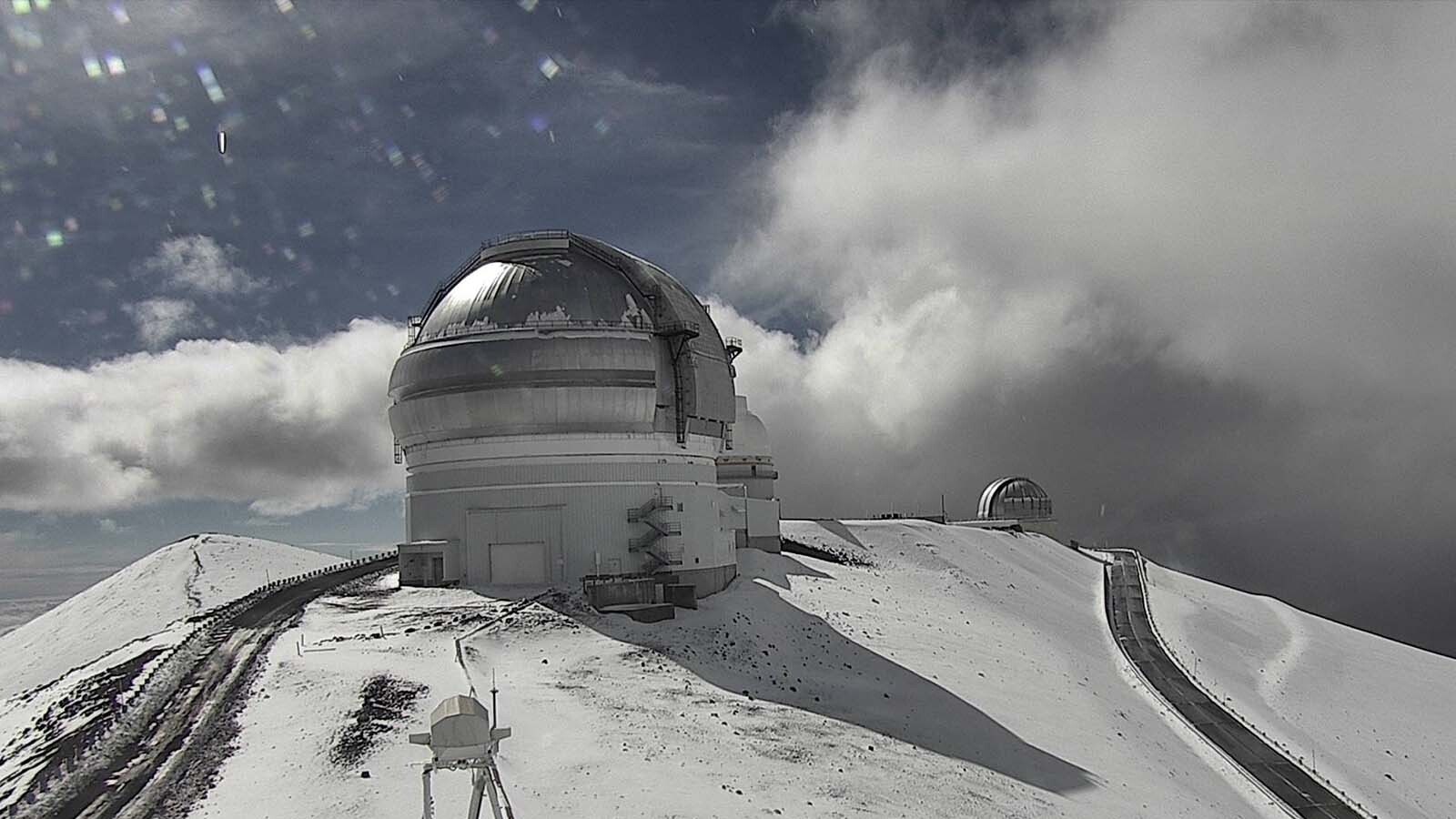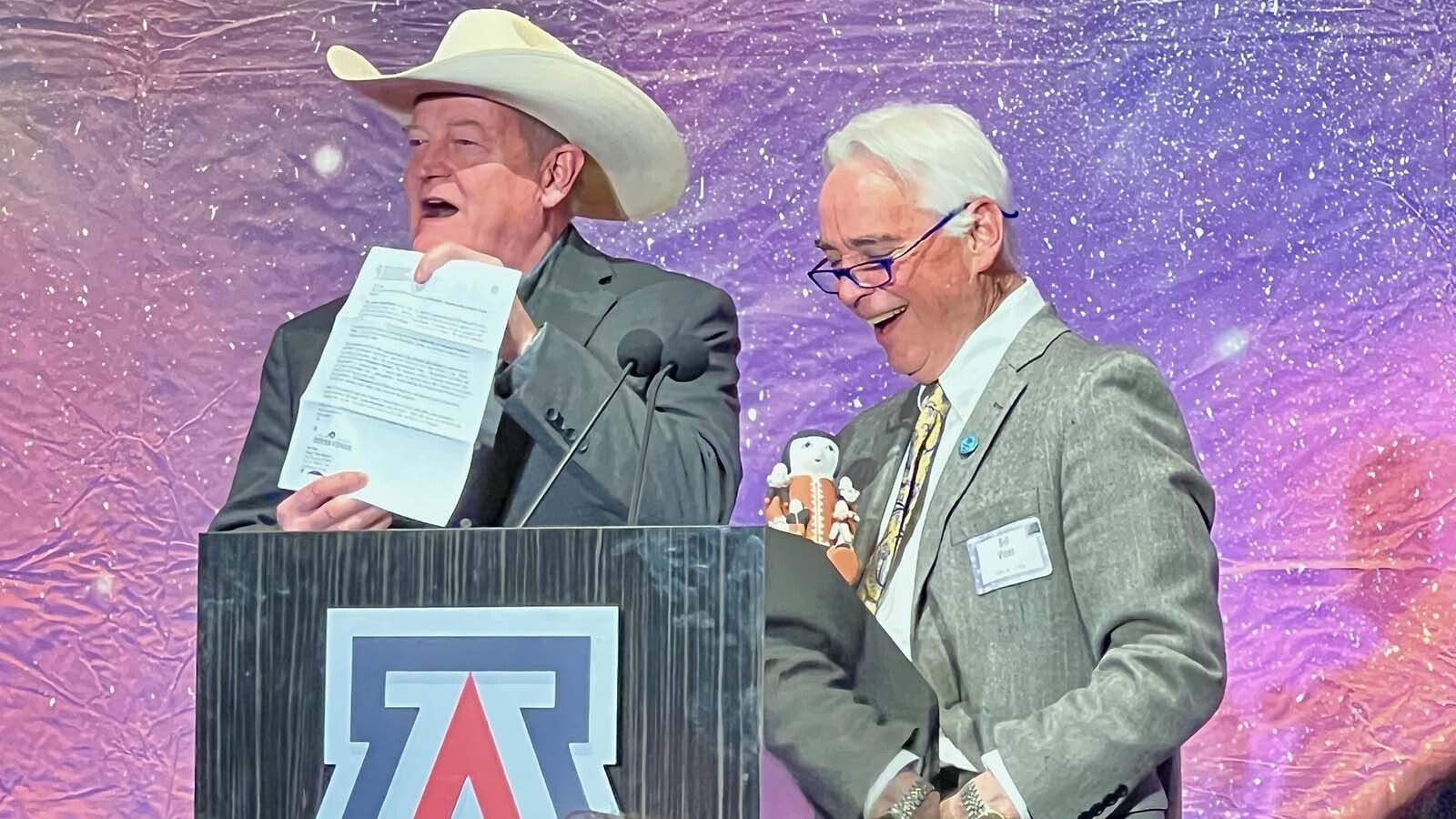At age 20 Pierre-Jean De Smet left his native Belgium, came to America, and in 1821 entered the Jesuit novitiate in Maryland studying, and then taking his vows for the Jesuit priesthood in Florissant, Missouri, in 1827.
Fr. Charles Nerinckx inspired De Smet to make this life-changing journey when he visited the Preparatory Seminary at Mechelen in Belgium in search of recruits for his mission in Kentucky.
The idea of working with Indian tribes appealed to De Smet, and though he never worked in Kentucky with Father Nerinckx, he would ultimately bring his religion into the West.
De Smet was in St. Louis in 1831 when the Salish and Nez Perce tribes sent emissaries to the city seeking “black robes” to come into their country. Hudson Bay Co. trappers and Iroquois trappers working along tributaries of the Columbia River told the Western tribes about the men who wore black robes.
At the end of March 1840, Father De Smet left St. Louis with an American Fur Co. brigade. He would travel with them over much of his route as he responded to the appeal from the Salish tribe for a mission.
This priest would spend the remainder of his life traveling in the West, where he established missions and participated in important treaty negotiations with the tribes.
First Catholic Mass In Wyoming
De Smet first worked with the Potawatomi when he helped establish St. Joseph’s Mission in present Council Bluffs, Iowa. But his early training was in the area around St. Louis.
The fur caravan Father De Smet joined as he left Missouri in 1840 departed from Westport, Missouri, now part of the Kansas City metro area.
The caravan followed a route that would become the Oregon Trail. Fort Kearny, which was established in 1847, became an important way stop for travelers headed to Oregon and California. The fort has been reconstructed as a Nebraska State Historic Site.
From Fort Kearny, the trail De Smet followed was along the North Platte River to Scotts Bluff, now a national monument.
The main trail goes through Mitchell Pass at the base of Scotts Bluff, but an earlier route was farther south over Roubidoux Pass, named for the fur trading family that established a post there in 1851. A replica is now in place at the second location of the Roubidoux Post.
The American Fur Co. established its own trading post — Fort William, later called Fort John — at a site some 50 miles farther west. That post ultimately was replaced by Fort Laramie. De Smet visited here more than once in his years in the West, most notably serving as an emissary for the Indian tribes for the 1851 treaty.
De Smet and the fur brigade reached Independence Rock on June 14, 1840, and he carved his name in the granite, the first priest to have reached the remote spot.
At Devils Gate, just a few miles to the west, the Sweetwater River cuts through the Rattlesnake Range, which rises, as he wrote, “perpendicularly to a wonderful height” and results in a force passage as the water is “now rushing with fury, then swelling with majesty.”
Rendezvous that year took place on Horse Creek near the present small community of Daniel, Wyoming. On a hillside overlooking the rendezvous ground, De Smet on July 5, 1840, held the first Catholic mass in Wyoming.
De Smet preached a second mass (the first in Montana) in August 1840 at the Three Forks of the Missouri. He would return to St. Louis to raise more money before establishing the mission at St. Mary’s in the Bitterroot Valley in present Stevensville, Montana.

Spreading The Word
In subsequent years, Father De Smet helped Fr. Anthony Ravelli in establishing additional missions in Montana and Idaho, including St. Ignatius among the Flatheads in Montana (which was abandoned; though now there is another St. Ignatius Mission that dates to 1890), and Mission of the Sacred Heart near Coeur d’Alene in northern Idaho.
As he had done in Wyoming and Montana, Father De Smet offered the first Catholic mass in the present state of Idaho in Teton Basin on July 10, 1840. He followed this with another mass celebrated near Henry’s Lake on July 23.
There he gave thanks for his first tour of the region noting he had climbed mountains and followed streams that he saw “descending from dizzy heights, leaping from rock to rock with a deafening noise.”
The Black Robe’s travels took him north along the Kootenai River into British Columbia, Canada, where the North West Fur Co. had established Kootenai House. This story is told in Invermere, British Columbia, at the Windermere Valley Museum.
On one of his journeys, Father De Smet traveled east across northern Montana heading down the Missouri River to Fort Union Trading Post.
There in 1851 he assembled a party of about 35 men that included headmen from the Assiniboine, Minnetaree, Mandan, Crow, and Arikara tribes, along with scouts, Metis, and Canadian wagon masters whom he persuaded to attend a great Indian council to be held at Fort Laramie.
The tribal members trusted him and the government officials planning the treaty council believed he could aid in the negotiations that would lead to compensation for the tribes in exchange for recognition of the road to Oregon and California.
Although the 1851 treaty negotiation was to take place at Fort Laramie, the tribal response was so massive — about 10,000 Indians showed up with their huge horse herds — it had to be moved downstream to a site on the current Wyoming-Nebraska border at Horse Creek.
While at what he called the Great Council, De Smet offered “the holy sacrifice” in a space where “some lodges of buffalo-hides were arranged and ornamented as a sanctuary.” He held daily conferences on religion with the Indians, “sometimes with one band, sometimes with another,” and he also baptized hundreds from the many tribes represented.
In his account of this significant treaty council, De Smet wrote, “During the eighteen days that the Great Council lasted, the union, harmony and amity that reigned among the Indians were truly admirable. Implacable hatreds, heredity enmities, cruel and bloody encounters … were forgotten.
They paid mutual visits, smoked the calumet of peace together, exchanged presents, partook of numerous banquets, and all the lodges were open to strangers.”
This first major treaty with the Northern Plains tribes allowed the Oregon-California road, which was already in heavy use by Euro-Americans, and it sectioned off Indian lands, presumably keeping them for all the tribes.
The tribes were to receive compensation, but as happened with other treaties negotiated with tribes earlier, and would happen later as well, the delivered goods were far short of what had been promised.
After the 1851 Horse Creek Treaty council, De Smet continued his travels, not only throughout the West (he made trips to Astoria and Vancouver, to the Idaho and Montana missions, and other locations).
He also traveled to Europe to continue raising funds for the missionary work. He met with Lakota leaders prior to the 1868 treaty negotiated at Fort Laramie, before he returned to St. Louis, where he died in 1873.
Candy Moulton can be contacted at Candy.L.Moulton@gmail.com






